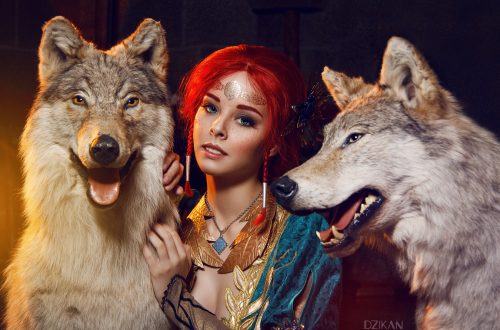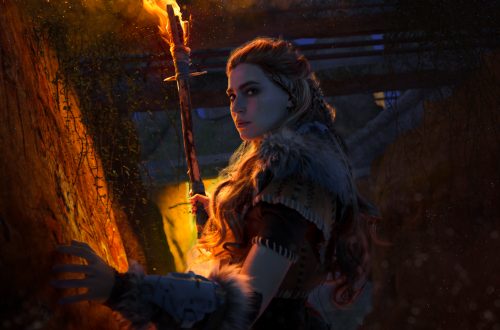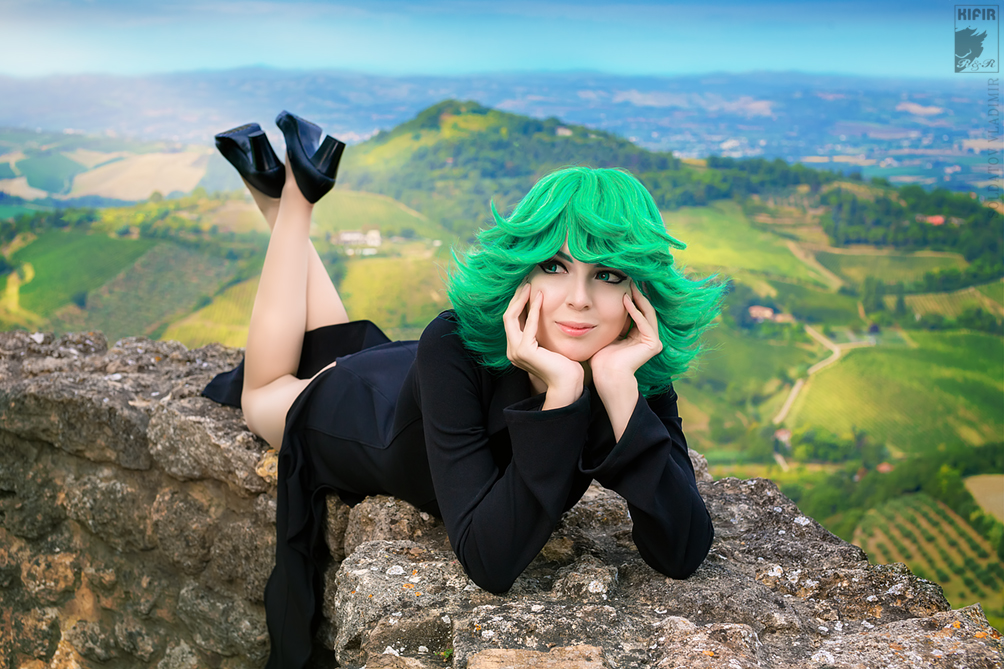The Best Scene in the Deathly Hallows: Part 1 Didn’t Come From the Books
Harry Potter is filled with emotional moments. This surprising and unadapted scene from The Deathly Hallows Part 1 is the best.
It is important to recall the controversial statements made by the Harry Potter creator. CBR supports industry professionals who work on Harry Potter properties that they love, as well as the wider Harry Potter world that they have adopted. CBR’s ongoing coverage of Rowling can be found here.
Harry Potter is an undisputed cultural touchstone. The cultural consciousness has been influenced by Harry Potter’s movies and books for more than twenty years. Harry Potter and the Deathly Hallows Part 1 was a pop culture phenomenon that was rarely matched at the time. The movies and books have remained the favorite of millions of people around the globe because of their imaginative worldbuilding and emotional resonance of the characters, even the minor ones. While the Harry Potter film series contains many emotional moments and stirring sequences. However, one scene from The Deathly Hallows Part 1 stands out and it doesn’t have its roots in the books.
Deathly Hallows Part 1 is the story of the hero and his best friends, Ron and Hermione on their epic journey to defeat him once and for all. The trip is not easy and the trio faces many obstacles and heartbreaks. Ron, in a fit of rage, separates from the group at the trek’s most difficult point. Harry and Hermione wander alone, despondent, lonely, and desperate.
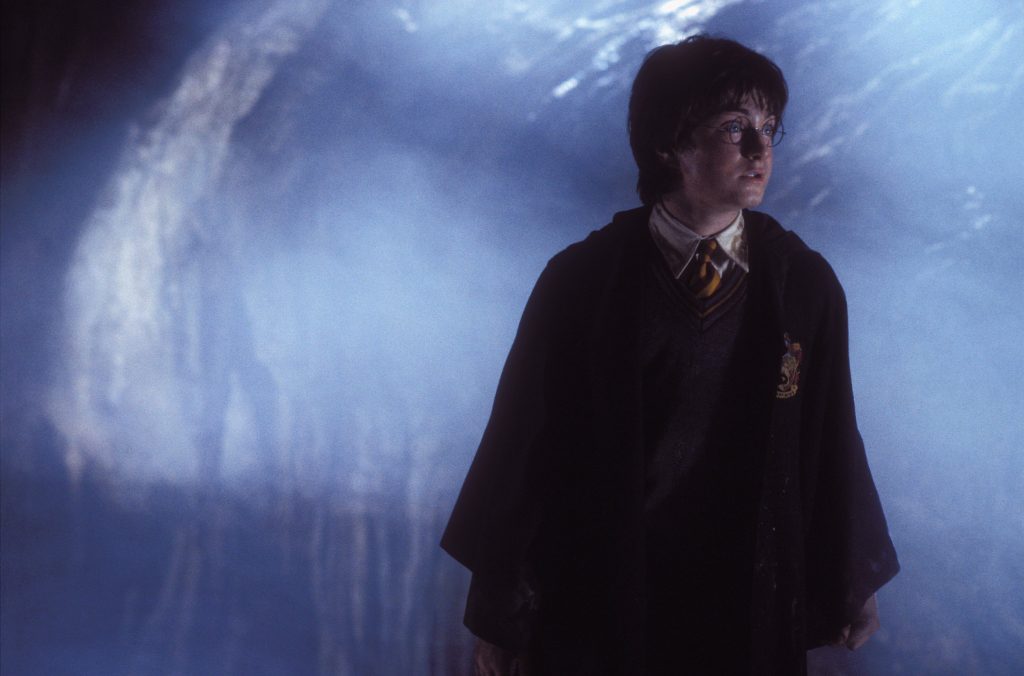
RELATED: Harry Potter – Who Are the Marauders?
How did Deathly Hallows’ Dancing Scene come about?
It’s in this emotional context that the film’s best scene, and possibly the best in the series, is born. At the lowest point of their journey, Harry and Hermione want to find some joy and connection. Harry, played by Daniel Radcliffe, turns on the wizarding radio to start dancing to “O Children” by Nick Cave. Harry convinces Hermione, a reticent Hermione, to join him and they begin dancing slowly together, smiling timidly in the face of the impossible tasks ahead.
It is important to choose Nick Cave’s “O Children” as the song of choice. The lyrics of “O Children” are about finding reasons to smile despite the despair. reports that the song was created “randomly” and organically. The scene is about their friendship, according to David Yates, the director. Although Harry and Hermione have a strong relationship at this point in the series, they still feel somewhat apart in comparison to Harry and Ron. There is a separation between the characters. An emotional barrier was created by the difficulties they faced and the disappearance of Hermione’s love interest. The scene provides a moment of vulnerability as well as emotional connectivity. It is a short respite from their uncertain futures.
RELATED: What Does Avada Kedavra Mean in Harry Potter?
What makes Harry Potter’s Dancing Scene so special?
The dancing scene in Deathly Hallows Part 1 is what sets it apart from other emotional moments in this film series. It acts as a rare example of showing and not telling. This is sensitive storytelling that doesn’t include plot details or exposition. The Harry Potter book has the advantage of both spaces as well as access to Harry’s inner monologue. This allows for more emotive interrogation and speeds up the pace without compromising on emotion. Movies, due to their limited plot and the sheer volume of material they cover, allow for less time to explore the emotions of the characters’ lives.
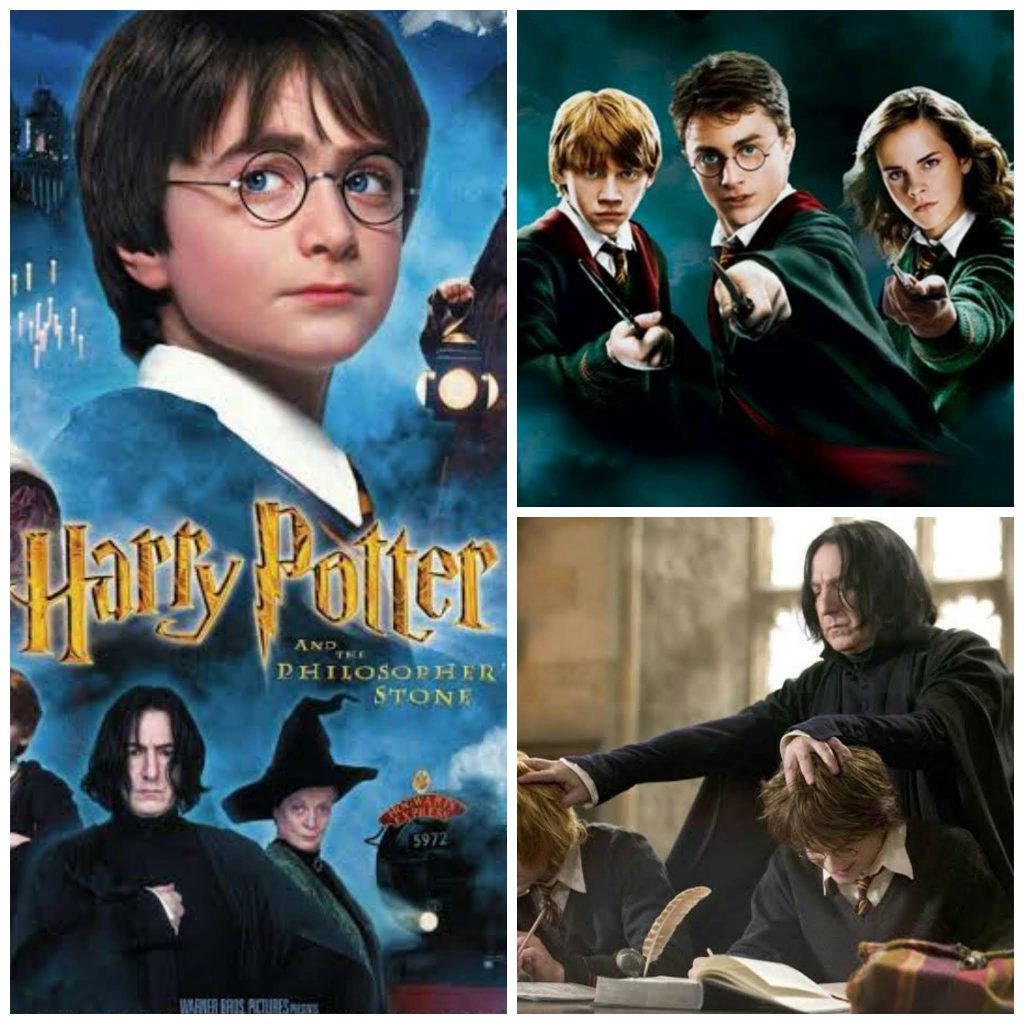
This short, but touching sequence acts as a reverse of the “magical realist” trope. It’s almost anachronistic. It’s almost anachronistic in a world that allows for anything. The simplicity of a common, human activity is a remarkable emotional choice. It’s this kind of character moment, whether you call it real magic or non-magical reality, that makes the Harry Potter franchise so appealing to many.
Harry Potter has won the admiration of many and the dancing scene from Deathly Hollows – Part 2 is one of the most powerful, simple, and effective sequences of the entire series. Although it is not based on the source material, the sequence perfectly captures the central theme of Harry Potter: The power of love and kindness in the face of adversity.

